Art meant to celebrate Gilroy’s past stirs up debate on diversity
Volunteer group rescinds gift of time capsule containing 150th anniversary items
![]()
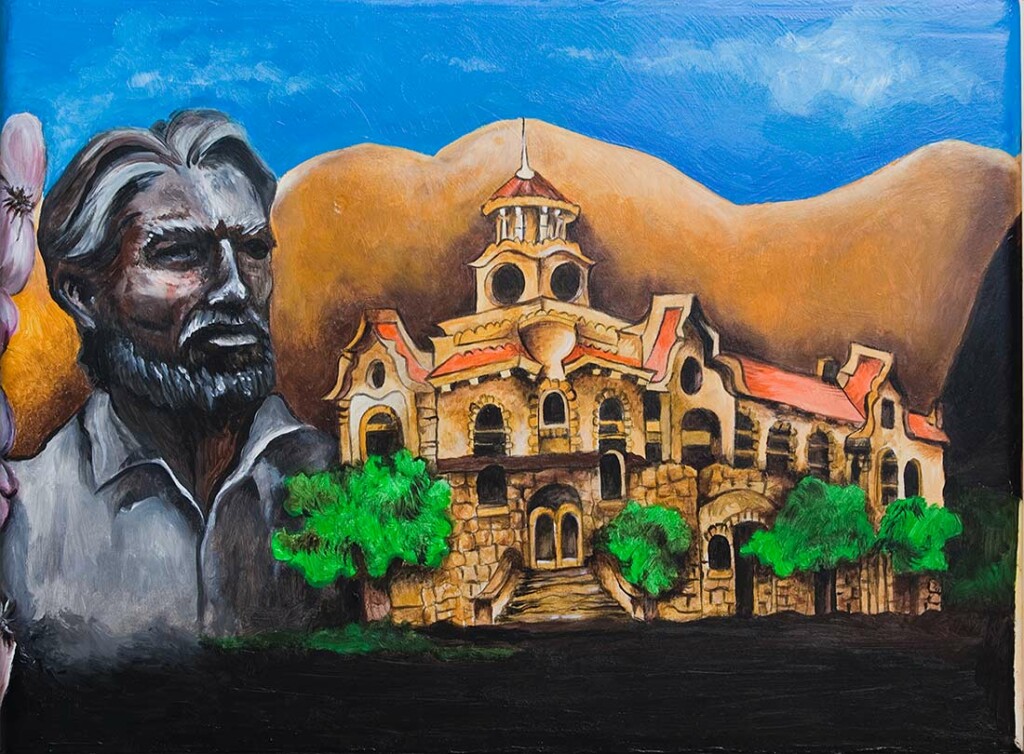
One side of the time capsule box. Photo courtesy Gilroy Historical Society
By Marty Cheek
A group of volunteers presented a time capsule as a gift to celebrate the community’s 150th year of incorporation. The artwork on the metal box soon made it a point of community contention.
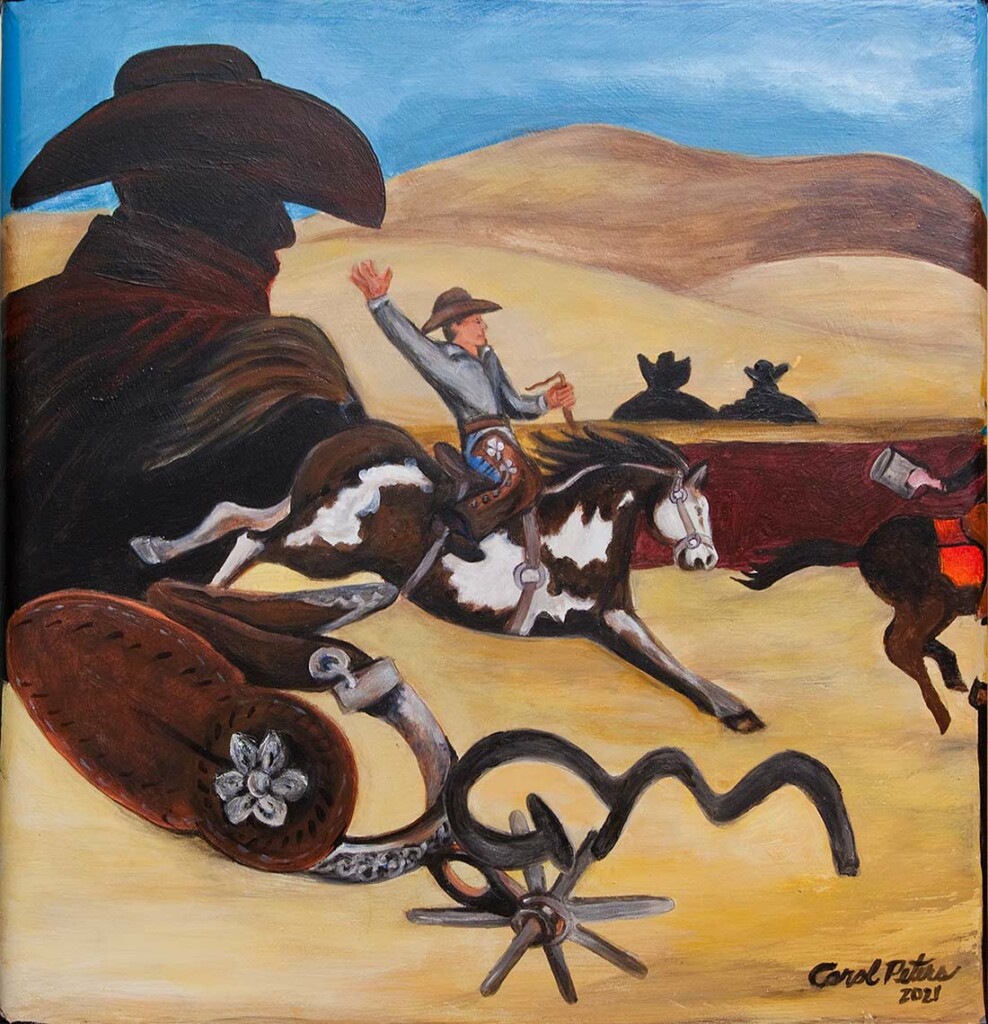 At the Sept. 13 council meeting, the Gilroy Sesquicentennial Committee formally gave to the city the capsule that contained, among other items, a celebration street banner, photos of the council and copies of local newspapers. The presentation had originally been intended to take place in March 2020 COVID-19 put that on hold until the first in-person council meeting.
At the Sept. 13 council meeting, the Gilroy Sesquicentennial Committee formally gave to the city the capsule that contained, among other items, a celebration street banner, photos of the council and copies of local newspapers. The presentation had originally been intended to take place in March 2020 COVID-19 put that on hold until the first in-person council meeting.
The committee chose longtime Gilroyan Carol Peters, who taught art in schools for more than 20 years, to decorate the outside of the box. She chose symbols she thought represented the history of the city. They included founder John Gilroy’s statue, Gilroy Garlic Festival founders Don Christopher and Val Filice, a Southern Pacific locomotive, and a cowboy reminiscent of the statue of Casey Tibbs on a horse that once hung on Hall’s Western Wear store downtown.
After the presentation, councilmember Rebeca Armendariz praised Peters’ talent but also expressed concern the capsule’s exterior art showed a “lack of diversity.”
“It seems like the committee had a good amount of members in it and you guys worked really hard,” she said. “But, what Gilroy looks like isn’t reflected there, and all the folks who also contributed to our beautiful town.”
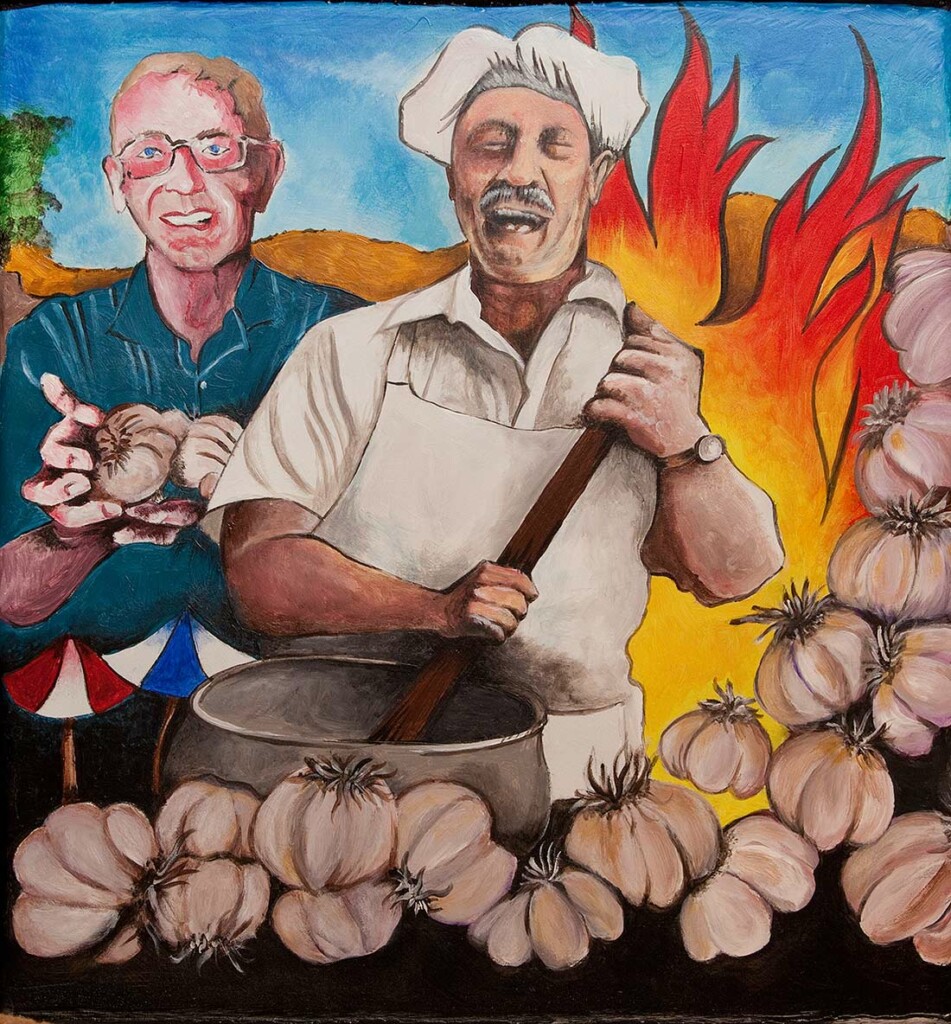 Set off by Armendariz’s remarks, residents raised the issue of the capsule’s art on social media. Many came to the Sept. 20 meeting, some people agreeing with the councilmember, others saying the remarks were inappropriate and called for her to apologize to Peters. About 25 speakers addressed city leaders about the appropriateness of placing the capsule in the lobby of City Hall if the painted pictures on its surface had no representation of Gilroy’s diversity of ethnic groups.
Set off by Armendariz’s remarks, residents raised the issue of the capsule’s art on social media. Many came to the Sept. 20 meeting, some people agreeing with the councilmember, others saying the remarks were inappropriate and called for her to apologize to Peters. About 25 speakers addressed city leaders about the appropriateness of placing the capsule in the lobby of City Hall if the painted pictures on its surface had no representation of Gilroy’s diversity of ethnic groups.
Several read a document described as “an open letter from the Gilroy community.” A portion of it read:
“Through the lens of this artwork it would seem that Gilroy is a place populated entirely by Italian-Americans and white cowboys, with garlic as the only crop. Where are the people who plant, harvest and process that garlic? Why is there no reflection of our rich and diverse cultures, the generations of hard-working families employed in our canneries and fields, or the trailblazing women of our community who have made history? (In fact, there is no depiction of women at all.) Where are our veterans—our grandfathers, fathers, brothers and sons in every war, who gave their lives for our freedom?”
Peters told the council she never thought the artwork would be controversial. She described her original idea was to show the diversity of the community but found it “mind boggling” how to place so many cultural groups on the four small panels of the box.
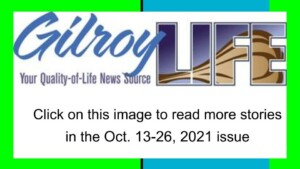 “Then, I thought, what is the reason for the capsule? Celebrating 150 years. Bringing all people of Gilroy together, all of the diverse cultures and ages,” she said. “And where do we celebrate? The Garlic Festival, the wineries, the rodeo, Gilroy Gardens. I drew from personal experience having lived through just about everything.”
“Then, I thought, what is the reason for the capsule? Celebrating 150 years. Bringing all people of Gilroy together, all of the diverse cultures and ages,” she said. “And where do we celebrate? The Garlic Festival, the wineries, the rodeo, Gilroy Gardens. I drew from personal experience having lived through just about everything.”
Doing research she found a photo of downtown’s Old City Hall, and biographical information about John Gilroy, a Scottish immigrant who became a naturalized Mexican citizen in the Californio period.
“I felt my choices were validated,” she said.
She described her feelings after hearing Armendariz’s remarks about the lack of diversity: “After the comment, I did not feel good. I felt that I had let the committee, the city, and everyone down.”
Gilroy resident Karen La Corte said the contention that came following the presentation could serve as an opportunity to learn and improve as a community.
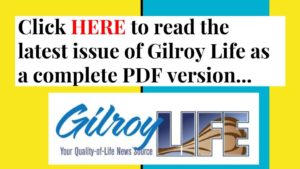 “This is an opportunity for council and Ms. Armendariz to look at this as a lesson in civility, diplomacy, protocol, and government etiquette,” she said. “I would hope that Carol receives an apology from Ms. Armendariz as she procured exactly what was asked of her.”
“This is an opportunity for council and Ms. Armendariz to look at this as a lesson in civility, diplomacy, protocol, and government etiquette,” she said. “I would hope that Carol receives an apology from Ms. Armendariz as she procured exactly what was asked of her.”
Valentine Lopez, the chairman of the Amah Mutsun Band, a tribe that made its home in the region for thousands of years, shared the importance of not forgetting the darker side of local history, including the mass genocide of Indians in the 1800s.
There was an effort to destroy the spirituality, culture, and environment of the indigenous people, and this is an aspect of California history schools often ignored in teaching young people of the past. That is why it is vital the art on the time capsule should have shown ethnic diversity, he said.
“The people who gave those directions (to Peters), they need to understand that this is an important project, and all people need to get included,” he said. “We need to recognize that people can not be ignored, people cannot be excluded or erased.”
The acceptance of the time capsule was an agenda item for the Oct. 4 council meeting. Gilroy Mayor Marie Blankley, however, said it was taken off the agenda because the Sesquicentennial Committee rescinded the gift and removed it from City Hall.
